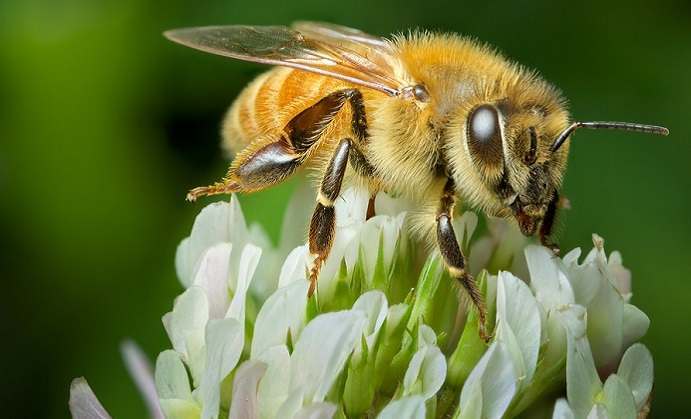Introduction
Ringworm is one of the skin infections caused by different types of fungus. It is caused by trichophyton and microsporum fungus. There are high chances of losing fur or hair in the affected areas. Ringworm is also characterized by ring-shaped patches on the affected skin, which explain the source of the name ringworm. The patches grow in a circular pattern. The common carriers of the fungus that causes ringworm include pets and other animals infected with the fungus. Animals can also transmit the fungus to people and other animals. Ringworm can be extremely persistent in a given setting even in the absence of animals that carry the fungus. A ringworm infection can be eliminated by using natural or medical antifungal substances.
Dogs and Cats
 Dogs and cats are among the top carriers. Many cats pick up fungal infections from shelters or in places where felines are housed close to other felines. The fungus that causes ringworm infections is usually present in such environments most of the time. Puppies and kittens are among the extremely vulnerable animals because their immune systems are in the development stage. Canines and felines suffering from ringworm usually develop bare patches on their skin. These patches usually have scabs and scales. The infected areas may not necessarily show the ring-shaped pattern.
Dogs and cats are among the top carriers. Many cats pick up fungal infections from shelters or in places where felines are housed close to other felines. The fungus that causes ringworm infections is usually present in such environments most of the time. Puppies and kittens are among the extremely vulnerable animals because their immune systems are in the development stage. Canines and felines suffering from ringworm usually develop bare patches on their skin. These patches usually have scabs and scales. The infected areas may not necessarily show the ring-shaped pattern.
Horses
Horses suffering from ringworm normally exhibit small patches just like infected dogs and cats. Hair in the affected areas tufts and falls off causing a scaly patch to appear on the skin underneath. The available information about horses and ringworm infection reveals that young horses are highly vulnerable to ringworm infections compared to older horses. It is recommended that infected animals should be isolated from other animals. Additionally, it is vital to clip hair around the affected parts. Moreover, it is essential to use topical and oral fungicides if necessary.
Sheep
 Based on the available information from researchers in the agricultural sector, ringworm infections in sheep were not considered common until recently. People’s perceptions started taking a different course in the 1990s after realizing that shearing sheep is one of the major causes of ringworm infections on the skin. Shearing too close to a sheep’s skin removes the wool that protects the skin. Close shearing may also cause skin irritation. It also increases the chances of infecting other animals in the same environment. Based on these assertions, sheared sheep are more likely to contact ringworm infections.
Based on the available information from researchers in the agricultural sector, ringworm infections in sheep were not considered common until recently. People’s perceptions started taking a different course in the 1990s after realizing that shearing sheep is one of the major causes of ringworm infections on the skin. Shearing too close to a sheep’s skin removes the wool that protects the skin. Close shearing may also cause skin irritation. It also increases the chances of infecting other animals in the same environment. Based on these assertions, sheared sheep are more likely to contact ringworm infections.
Domestic animals
Cattle, goats, and pigs may also acquire and transmit ringworm infections to other animals of different species. Infected animals should not take part in exhibitions because of the high chances of transmitting ringworm to other animals and humans. The available information reveals that all domestic animals are at a risk of contracting ringworm infections. Most humans in rural settings acquire the infection from domestic animals.
Others Affected Animals
Ringworm can also be found in other animals such as rodents, rabbits, fowl, and ferrets. Nonhuman primates can also acquire and transmit ringworm infections to people through direct contact or the environment.
Do you want to find an effective Ringworm treatment? Check out our top rated Ringworm products











